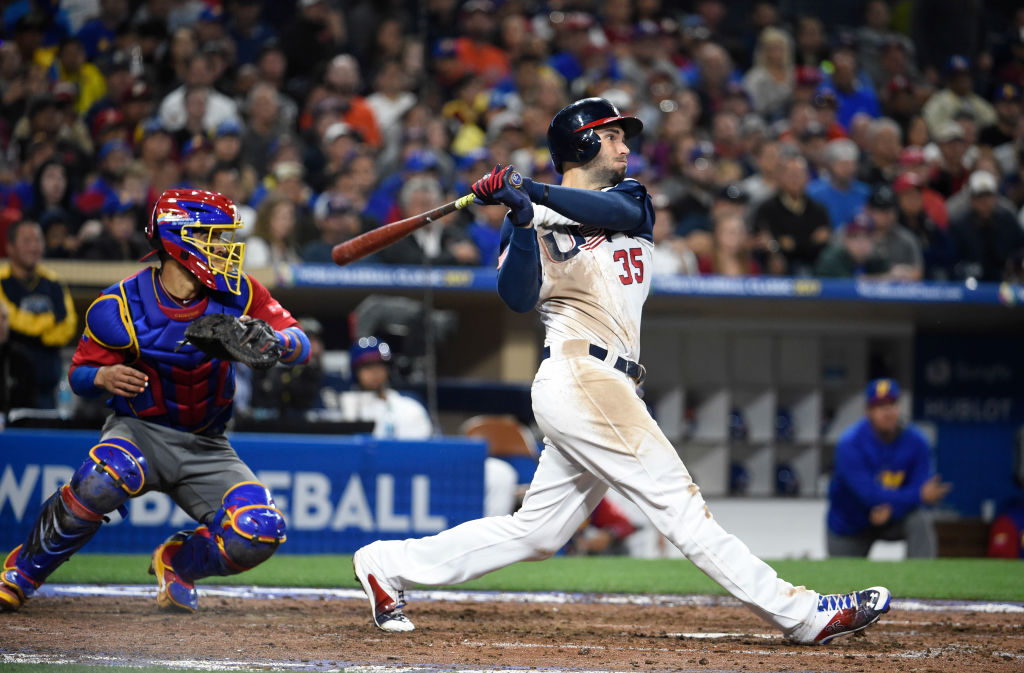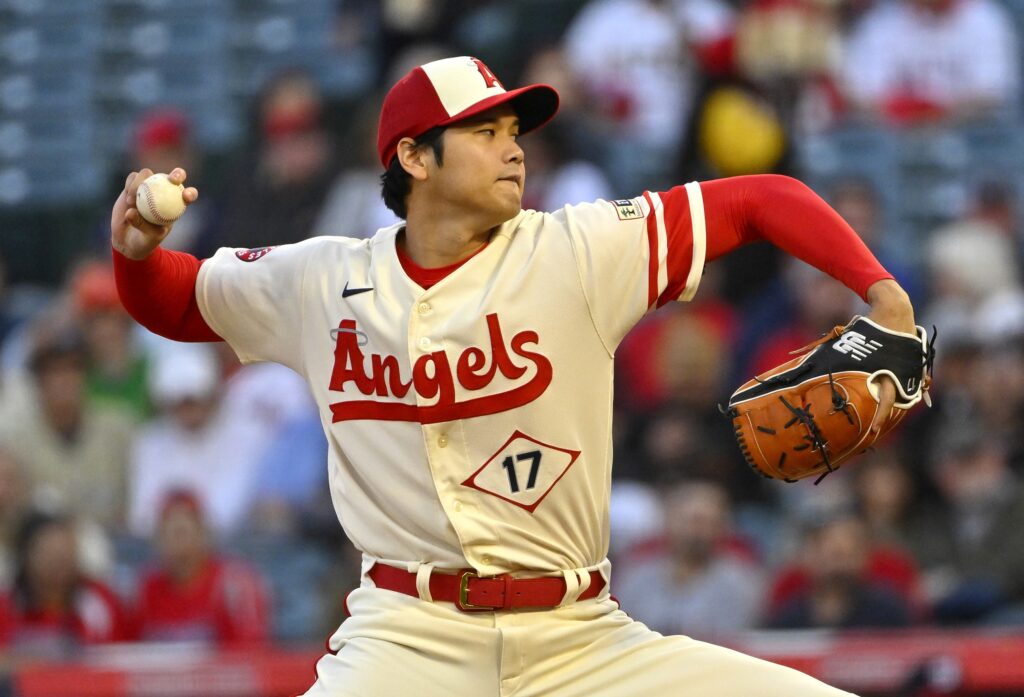Baseball, America’s cherished pastime, has captivated audiences for generations. From the moment the umpire calls “play ball!” to the final out, the game’s rich history. Strategic gameplay, and universal appeal have made it a beloved tradition that transcends borders. Delve into the world of Major League Baseball (MLB) and discover the thrilling stories. Iconic players, and enduring traditions that have solidified baseball’s status as a true American icon.
Whether you’re a lifelong fan or a newcomer to the sport. This comprehensive guide will take you on a journey through the evolution of baseball. From its humble beginnings in the 18th century to the high-octane, highly televised MLB games of today. Explore the strategic nuances, the positions on the diamond. From the sandlots to the big leagues.
Baseball: America’s Enduring Pastime
Baseball has long been considered the national pastime of the United States, with a rich baseball history dating back to the 18th century. The sport’s enduring appeal is rooted in its unbreakable traditions and the way it has been passed down through generations of families.
A Storied History and Unbreakable Traditions
From the early days of sandlot games to the bright lights of the major leagues, baseball’s universal appeal has made it a global phenomenon. While baseball originated in America, its dynamic gameplay has captured the hearts of millions around the world, with countries like Japan and South Korea also considering it a beloved national pastime.
“Baseball is the only field of endeavor where a man can succeed three times out of ten and be considered a good performer.”
– Ted Williams, legendary baseball player
From Sandlots to the Big Leagues: Baseball’s Universal Appeal
The sport’s ability to transcend borders and cultures has played a significant role in its global popularity. From the local sandlots to the grand stadiums of the major leagues, baseball has become a unifying force, bringing people together through a shared love of the game.
Whether it’s the roar of the crowd, the crack of the bat, or the thrill of a close play, baseball’s timeless appeal continues to captivate audiences worldwide, solidifying its status as an enduring pastime that transcends borders and generations.
The Basics: How Baseball is Played
Baseball is a captivating sport that captivates millions of fans worldwide. At its core, it is a game of strategy, skill, and teamwork, where two opposing teams compete to score runs and secure victory. Understanding the fundamental aspects of baseball gameplay, scoring, and the various positions on the diamond is crucial to fully appreciating the sport.
Scoring Runs: The Essence of the Game
The objective of baseball is to score runs. A run is scored when a batter safely reaches and crosses home plate. This is achieved by hitting the ball and then running the bases in order: first, second, third, and finally home. The team with the most runs scored at the end of the game emerges victorious.
Positions on the Diamond: A Well-Oiled Machine
Baseball is a team sport, and each player on the field has a specific role to play. The baseball positions include:
- Pitcher: Responsible for throwing the ball to the batter
- Catcher: Receives the pitch and communicates with the pitcher
- Infielders: Cover the bases and assist in defensive plays
- Outfielders: Patrol the grassy outfield, ready to catch fly balls and make long-distance throws
These players work in harmony, executing baseball strategy and baseball gameplay to secure outs and score runs. Their coordinated efforts are essential for the team’s success.
| Baseball Position | Primary Responsibilities |
|---|---|
| Pitcher | Throws the ball to the batter, aiming to get the batter out |
| Catcher | Receives the pitcher’s throws and communicates with the pitcher |
| Infielders | Cover the bases and assist in defensive plays |
| Outfielders | Patrol the outfield, ready to catch fly balls and make long-distance throws |
“Baseball is a game of inches, and the most important thing is to be able to adjust to the ever-changing game situations.”
Exploring the World of Baseball
The world of baseball extends far beyond the diamond, encompassing the rich baseball culture, the iconic baseball stadiums, the specialized baseball equipment, and the ongoing baseball innovations that shape the game’s future. From the passionate fans and vibrant traditions to the architectural marvels that house MLB teams, there is a wealth of depth and complexity to explore in the larger context of this beloved American pastime.
Delving into the cultural significance of baseball, we find a sport that has become deeply ingrained in the fabric of society. Fans gather in stadiums and living rooms, united by their love for the game and the sense of community it fosters. Ballparks have evolved into cherished landmarks, serving as hubs for entertainment, social interaction, and the celebration of local pride.
The evolution of baseball equipment has also played a crucial role in shaping the game. From the iconic wooden bats to the protective gear worn by players, each piece of equipment has been meticulously designed to enhance performance and safety. As the sport continues to evolve, innovative technologies and materials are being incorporated to push the boundaries of what’s possible on the field.
The Baseball Field: A Diamond Playground
The baseball field, often referred to as the “diamond,” is the captivating stage upon which the game of baseball unfolds. This meticulously designed playing area is a testament to the sport’s strategic complexity and enduring appeal.
The Infield: Where the Action Unfolds
At the heart of the baseball field lies the infield, a region spanning from the grass line to home plate. This is where the majority of the game’s action takes place, housing the pitcher’s mound, four bases, and the various baseball positions of the infielders. These positions, including the pitcher, catcher, first baseman, second baseman, third baseman, and shortstop, work in harmony to orchestrate the intricate maneuvers that define the sport.
The Outfield: Patrolling the Grassy Expanse
Beyond the baseball infield lies the outfield, an expansive grassy area where the outfielders reign supreme. These skilled players are responsible for tracking down and catching fly balls, as well as chasing down hits that travel beyond the infield. The baseball outfield positions, including left field, center field, and right field, are crucial in shaping the game’s outcome, with their rapid movements and keen eyes contributing to the sport’s thrilling atmosphere.
| Position | Description |
|---|---|
| Pitcher | Throws the ball to the batter, aiming to strike them out or induce a play. |
| Catcher | Receives the pitcher’s throws and coordinates the defense, often calling the game’s strategy. |
| First Baseman | Covers first base and is responsible for catching throws from other infielders. |
| Second Baseman | Covers second base and assists in turning double plays with the shortstop. |
| Third Baseman | Covers third base and is responsible for fielding balls hit down the third-base line. |
| Shortstop | Covers the area between second and third base, often the most versatile infielder. |
| Left Fielder | Patrols the left side of the outfield, responsible for catching fly balls and backing up the infield. |
| Center Fielder | Covers the central part of the outfield, often the fastest and most agile player. |
| Right Fielder | Patrols the right side of the outfield, responsible for catching fly balls and backing up the infield. |

Understanding the layout of the baseball field and the specific roles of each baseball position on the diamond is crucial to comprehending the strategic nuances of the sport. From the infielders’ intricate dance to the outfielders’ graceful pursuit of fly balls, every aspect of the baseball field is designed to captivate and engage both players and spectators alike.
The Art of Pitching and Catching: The Battery
At the heart of baseball’s defensive strategy lies the dynamic duo of the baseball pitching and baseball catching – the “battery.” The pitcher, standing tall on the mound, is tasked with outmaneuvering the opposing batters through their pitch selection and delivery. Meanwhile, the catcher, crouched behind home plate, plays a pivotal role in calling the shots and managing the game’s flow. Together, the pitcher and catcher, known as the baseball battery, are the central figures in shaping the team’s baseball strategy.
The intricate interplay between the pitcher and catcher is a crucial aspect of the game. They work in tandem to devise and execute plans that give their team the best chance of success. The pitcher must have a varied repertoire of pitches, each with its own speed, movement, and location, to keep the batters off balance. Meanwhile, the catcher must have a keen understanding of the pitcher’s strengths, the opposing batters’ weaknesses, and the game situation to call the right pitch at the right time.
| Pitcher’s Responsibilities | Catcher’s Responsibilities |
|---|---|
|
|
The seamless collaboration between the pitcher and catcher is the foundation of a team’s baseball pitching and baseball catching strategy. Their ability to read the game, anticipate the opposition’s moves, and execute their plan with precision is what sets apart the elite baseball battery from the rest.
“The pitcher and the catcher are the battery, the heart of the team. Everything else revolves around them.” – Yogi Berra, Hall of Fame Catcher
Strategic Gameplay: Rules and Tactics
Baseball is a sport that demands not just physical prowess, but also strategic thinking and a deep understanding of the rules. From the intricate details of base running to the crucial role of umpires, the game rewards those who can anticipate the next move and outmaneuver their opponents.
Base Running: A Game of Inches and Daring
The art of base running is a crucial component of baseball strategy. Runners must carefully time their movements, reading the pitcher’s delivery and the fielders’ positioning to decide when to steal a base, take an extra bag, or retreat to safety. It’s a game of inches, where a fraction of a second can mean the difference between a successful advance and a costly out.
- Timing the pitcher’s delivery to maximize stolen base opportunities
- Tagging up and advancing on fly balls or sacrifices
- Navigating the base paths with quick reflexes and decisive actions
Umpires: The Guardians of the Game
Umpires play a vital role in the strategic landscape of baseball, enforcing the rules and guiding the game’s progression. Their split-second decisions on balls, strikes, safe or out calls, and other critical moments can have a profound impact on the outcome. Mastering the nuances of the rulebook and developing a keen eye for the action on the field are essential skills for these crucial game officials.
| Umpire Responsibilities | Key Decisions |
|---|---|
| Calling balls and strikes | Determining safe or out calls at the bases |
| Monitoring the legality of pitches and player conduct | Ruling on hit-by-pitch, interference, and other special situations |
| Maintaining the pace and flow of the game | Ejecting players or managers for rule violations or unsportsmanlike behavior |
By understanding the strategic nuances of base running and the critical role of umpires, baseball fans and players can gain a deeper appreciation for the complexity and sophistication of this beloved American pastime.

Baseball’s Enduring Legacy
The enduring legacy of baseball extends far beyond the diamond, weaving itself into the very fabric of American culture. From the humble beginnings of sandlot games played by children to the grandeur of Major League Baseball, the sport has maintained its status as a beloved tradition that brings people together.
From the Sandlot to the Big Leagues
The baseball legacy can be traced back to the early days of the game, when young boys would gather on neighborhood fields to play a game that would capture their hearts and imaginations. This baseball tradition has been passed down from generation to generation, with countless amateur and professional players honing their skills on these humble sandlots.
Baseball’s Cultural Significance
The cultural significance of baseball is evident in its representation in art, literature, and media. The sport has become a cherished national pastime, with its ability to unite communities and create shared experiences. Whether it’s the roar of the crowd at a major league game or the laughter of children playing a pickup game, the baseball history and tradition have become an integral part of the American experience.
“Baseball is the only field of endeavor where a man can succeed three times out of ten and be considered a good performer.”
As the sport continues to evolve, its lasting impact on American society and its place as a cherished national pastime remain undiminished. The baseball legacy continues to inspire generations of fans, players, and enthusiasts, ensuring that the game’s enduring appeal will endure for generations to come.
The Future of Baseball: Innovations and Growth
As the sports world continues to evolve, baseball is embracing technological advancements and data-driven decision-making. From the use of advanced analytics to enhance player evaluation and team strategy, to the implementation of new technologies that improve the fan experience, the future of the game is poised for exciting developments.
Baseball’s governing bodies are actively exploring innovative approaches that can propel the sport forward while preserving its rich traditions. The integration of cutting-edge technologies, such as real-time tracking systems and augmented reality, is enhancing the way fans engage with the game, providing them with deeper insights and more immersive experiences.
Moreover, the growing emphasis on baseball analytics is revolutionizing the way teams assess player performance and develop winning strategies. By harnessing the power of data, coaches and front office personnel are making more informed decisions that can maximize a team’s potential and increase its chances of success on the diamond.











